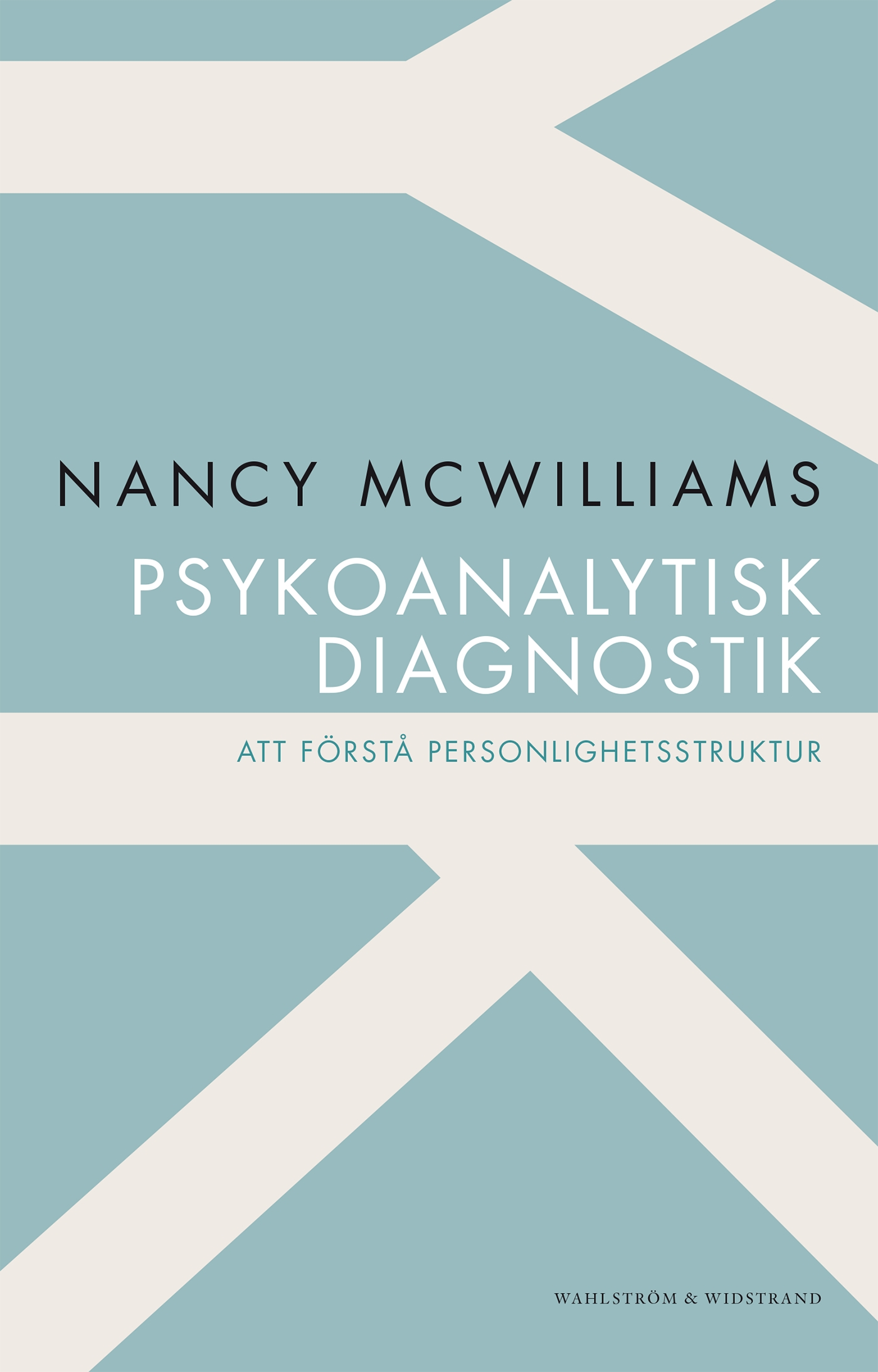What do you think?
Rate this book


ebook
First published April 15, 1994
Language that was invented to be simply descriptive—in fact, invented to replace previous value-laden words—develops an evaluative cast and is applied, especially by lay people, in ways that pathologize. Certain topics seem inherently unsettling to human beings, and however carefully we try to talk about them in nonjudgmental language, the words we use to do so attain a pejorative tone over the years.
Today’s “antisocial personality disorder,” as a case in point, was in 1835 termed “moral insanity.” Later it became “psychopathy,” then “sociopathy.” Each change was intended to give a descriptive, noncensorious label to a disturbing phenomenon. Yet the power of that phenomenon to disturb eventually contaminated each word that was invented to keep the concept out of the realm of moralization. Something similar occurred in the successive transformations of “inversion” to “deviation” to “homosexuality” to being “gay” to being “queer,” and yet people who are bothered by same-sex erotics still use the terms “gay” and “queer” to devalue. It will probably happen with the shift from “retarded” to “developmentally challenged.” Any phenomenon that tends to trouble people, for whatever reason, seems to instigate this futile chasing after nonstigmatizing language.
[...] One outcome of this doomed project to sanitize language is that the older a psychological tradition is, the more negative, judgmental, and quaint its terminology sounds. The swift consumption, distortion, and prejudicial application of psychoanalytic terms, within the mental health professions and outside them, have been a bane of the psychodynamic tradition.
McWilliams, Nancy. Psychoanalytic Diagnosis, Second Edition (p. 2). Guilford Publications. Kindle Edition.
My own understanding of dissociation is still developing, and I suspect that much of what I say here will eventually be revised. It is less important to decide which experts to believe than to try to comprehend what patients experience.
McWilliams, Nancy. Psychoanalytic Diagnosis, Second Edition (p. 338). Guilford Publications. Kindle Edition.
As I seem to be constitutionally incapable of taking good advice until I make the mistake that illuminates its wisdom, I disregarded his warning [...]
McWilliams, Nancy. Psychoanalytic Diagnosis, Second Edition (p. 282). Guilford Publications. Kindle Edition.
Psichoanalitinės tradicijos privalumas - gebėjimas įvertinti skirtumą tarp simptomo, susijusio su stresine situacija, ir asmenybėje glūdinčios problemos. [...] Bulimija serganti moteris, kurios valgymo sutrikimas atsirado pirmame koledžo kurse ir kuri suvokia, kad jos elgesys yra perdėtas ir savidestruktyvus visiškai skiriasi nuo tos, kurios persivalgymo ir valymosi epizodai kartojasi nuo pradinės mokyklos ir kuri mano, kad jos elgesys visiškai pateisinamas. Joms vienodai tinka DSM bulimijos kriterijai, tačiau galime tikėtis, kad pirmosios pacientės elgesys gali keistis po kelių savaičių terapijos, tuo tarpi dirbant su antrąja realu tikėtis, kad valgymo sutrikimo žalą ir būtinybę keistis jis galės aiškiai suvokti maždaug po metų.
Klinikinė patirtis rodo, kad nors asmenybė psichoterapijoje gali reikšmingai keistis, jos neįmanoma transformuoti (varų teorija apie šį faktą mokė: “Galite keisti ekonomiką, bet ne dinamiką”). Kitaip sakant, psichoterapeutas depresiškam pacientui gali padėti sumažinti destruktyvų ir nelankstų depresiškumą, tačiau negali padaryti jo asmenybės isterine ar šizoidine. Žmonės išsaugo savo “vidinius darbinius modelius” (Fonagy, 2001): bazinius vidinius scenarijus, konfliktus, lūkesčius, afektus ir gynybas. Tačiau nauja patirtis ir įžvalga gali žymiai sustiprinti žmogaus kontrolės pojūtį ir tikrovišką savigarbą. Žmogaus laisvės pojūtis stiprėja atsiradus galimybei rinktis ir valdyti savo elgesį, ligi tol buvusį automatišką; supratimas, kaip susiformavo konkretus polinkių derinys, skatina savęs priėmimą. Nesvarbu, ar psichoterapiniu susitarimu buvo nuspręsta modifikuoti charakterį, ar ne - geras jo supratimas palengvina psichoterapijos procesą.
Obsesinę ir kompulsinę psichologiją turintys žmonės dažnai kelia klausimą: “Kokia nauda iš to, kad aš tai jausiu?” Atsakymas - kaip tik nejausdami jie kenkia sau. Emocijos leidžia pasijusti gyvam, energingam, žmogiškam, net jei jos išreiškia nuostatas, kurias pacientas išmokęs vertinti kaip “nelabai gražias”. Kompulsyviems pacientams naudinga akcentuoti jų sunkumą tverti buvimą užuot puolus kažką daryti.